Covid commentators quick to predict doom and gloom
The pandemic has given voice to a number of commentators who determinedly seek out and latch on to the worst case scenarios, writes Joe Hildebrand.
Opinion
Don't miss out on the headlines from Opinion. Followed categories will be added to My News.
When I worked in the NSW press gallery many years ago, there was a curmudgeonly veteran journo whom one might safely describe as a glass-half-empty kind of guy.
Let’s call him Dave.
During that time a certain lottery had jackpotted to $100 million and a television ad on high rotation was tantalising viewers with the prospect of a literal “truckload of cash” which would arrive on the lucky winner’s doorstep.
“Do you reckon that truckload of cash would make Dave happy?” a cameraman mused as we milled around waiting for something.
“Nah,” said another. “He’d just say ‘Now where in the hell am I supposed to park that?’”
Needless to say it was pretty funny at the time because there was just one Dave.
But today the same indefatigably miserable prism seems to have infected vast swathes of the Covid commentariat — indeed, a lesser wit might say it is the only thing more endemic than Covid itself.
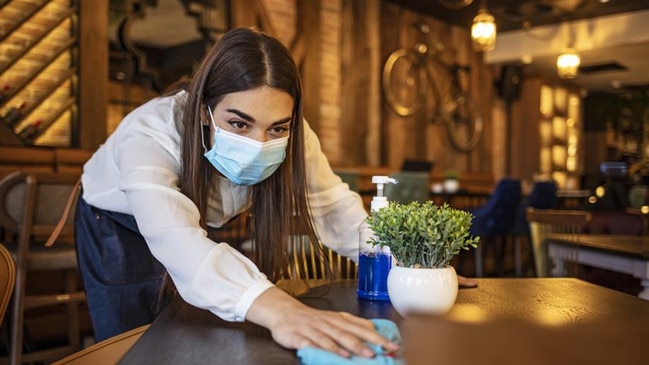
Apocalyptic predictions of doom are certainly not new to this pandemic — indeed they are as old as they have been wrong — but the bizarre thing is how doggedly they have been held onto and doubled-down upon even as the virus became more and more familiar and the outlook became better and better.
When the virus first broke out here UNSW public health expert Professor Raina Macintyre infamously predicted “hundreds of thousands” of Australians could die of Covid-19, telling the Seven Network in March 2020 that numbers would constantly redouble and our death rate could be higher than China’s.
“One person will infect on average 2.2 other people and then those 2.2 people will infect another two each and so on,” she said.
“So you get a big epidemic happening as each successive generation of people infect more people.”
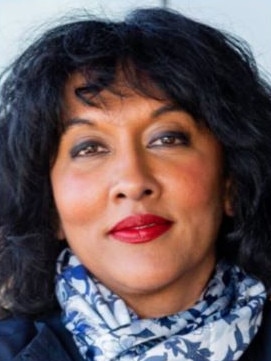
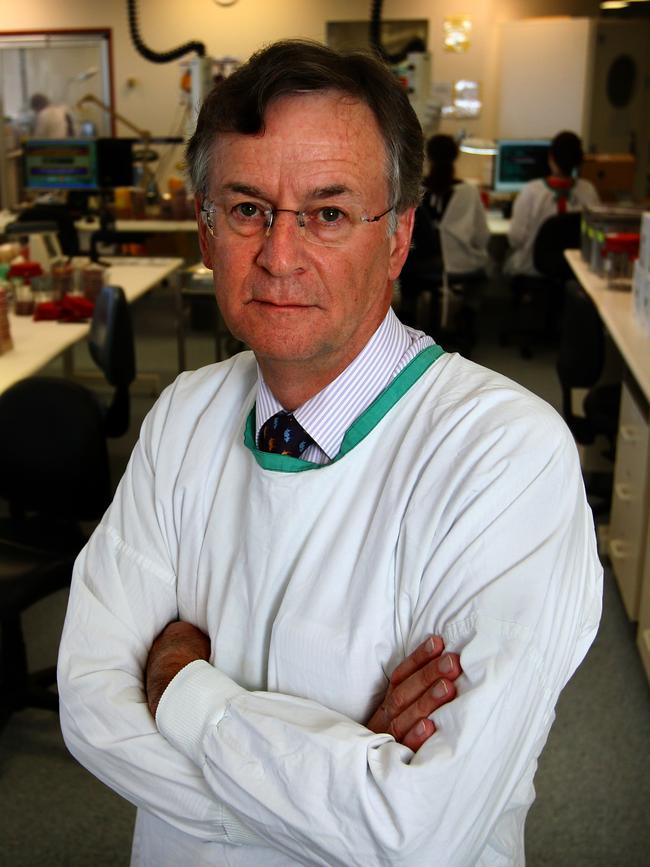
Yet at the same time ANU infectious diseases expert Professor Peter Collignon was scathing of the prediction, effectively labelling it fearmongering.
“It’s speculation not based on reasonable facts and data, and it engenders needless fear,” he told 7NEWS.com.au.
Of course we now know who was right but only after almost two years of doomsaying that at times bordered on hysteria.
And even as recently as a few months ago the normally sober and sensible NSW government was producing modelling that predicted even under lockdown, Delta cases would overwhelm the hospital system and intensive care units.
In fact only a fraction of these hospitalisations and ICU presentations were ever realised, far lower than even the best case scenarios the modelling allowed for.
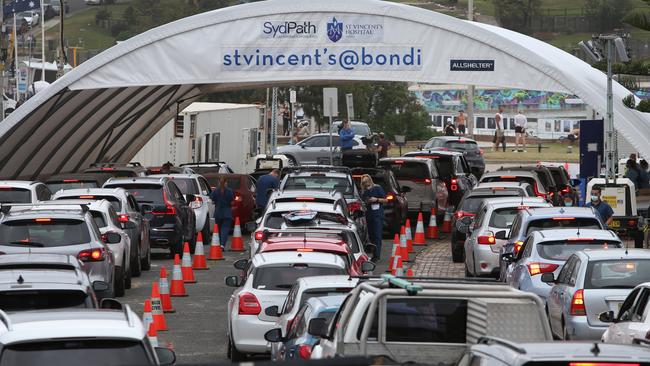
These are the bookends of the fear factory’s catalogue of woe. You would think that the public might grow cynical of such projections or that the prognosticators might question their methodology or at least temper their alarmism.
But even in the midst of the final stage of the pandemic, the long-awaited swan song in which we finally learn to live with Covid-19 and put the “end” into endemic, the catastrophists are still holding court.
In Queensland they are talking about postponing students’ return to school, in NSW the teachers union is warning about a return to remote learning and in Victoria they are forcing children as young as eight to wear masks.
That’s the funny thing about catastrophists — they always go after the kids.
And all of this in a population that is more than 90 per cent vaccinated and amid a strain that is by every available shred of evidence only a fraction as harmful as those that preceded it.
It would be tempting just to write this off as being as laughable as Dave and his truckload of cash but the problem is such silly fearmongering has serious effects, from people losing their livelihoods and businesses going under to the soul-destroying impact on people’s mental health.
And most especially — you guessed it — impact on the kids.
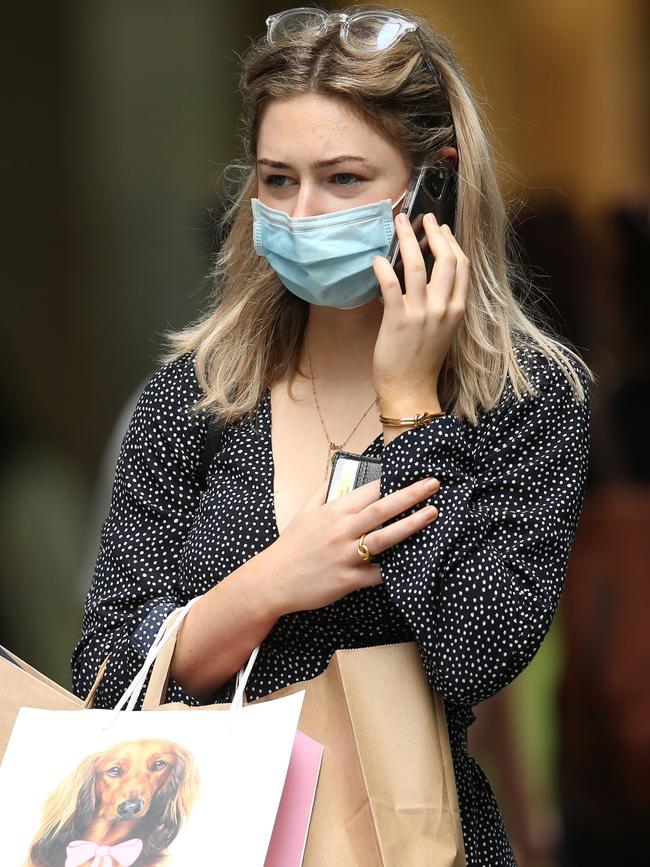
But, as always, don’t take my word for it. Don’t even take this masthead’s word for it. Hell, don’t even take New South Wales’ word for it.
Instead take the word of Melbourne University Professor of Youth Mental Health, Patrick McGorry, a world-renowned expert in the field.
“The media and the medical experts need to be a little bit more responsible and unified in their approach,” Professor McGorry told the ABC over the weekend.
He went on: “There’s a mass effect. If the messaging, as in war time and in other national crises, is not carefully managed and responsibly handled by the experts as well as the media then there are consequences to that …
“With the calculations we‘ve done on burdens of disease arising from the pandemic, mental health overshadows the virus itself in its health impacts.”
In other words, the catastrophists are not just wrong, they are dangerous. They are hurting people more than the virus itself.
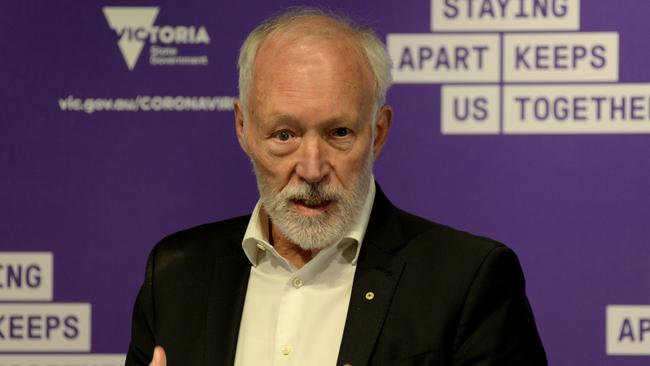
Over the coming days and weeks we will see just how wrong they are. Sadly the extent of the harm may not be fully realised for years and decades to come — if it is ever fully realised at all.
This will take the shape of kids falling out of the school system and workers falling out of employment but it is a shape defined by their absence, a shape of dark matter.
Such victims are literally invisible.
If you think this is hyperbole, I repeat, as I always do and always will, the chilling revelation to a Teachers Federation inquiry that after the first NSW lockdown in 2020 more than 3000 children disappeared out of the public school system.
If anyone has seen them since, please let me know.





